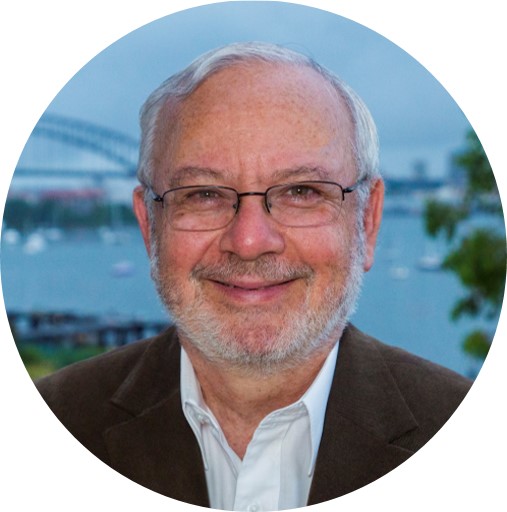
Prof. Roy Beran
Department of Medicine UNSW, Australia
講者簡介
Roy G. Beran is trained as a consultant neurologist and accredited sleep physician, in addition to working within legal medicine, military medicine and aviation medicine. His qualifications include: MBBS, MD, FRACP, FRACGP, Grad. Dip. Tertiary Ed., Grad. Dip. Further Ed., FAFPHM, FACLM, FRCP, FAAN, FACBS, B Leg. S, MHL and FFFLM (Hon). He is registered with the Australian Health Practitioner Regulation Agency (AHPRA) as a specialist in Neurology, Public Health and Sleep Medicine and was a Designated Medical Examiner for the Civil Aviation Safety Authority, a medical assessor for Dispute Resolution for the State Insurance Regulatory Authority and an assessor for the Workers Compensation Commission of New South Wales (NSW). He is a Conjoint Professor of Medicine at the University of NSW; Professor in the School of Medicine at Griffith University, Queensland; and Professor, Chair, Medical Law, Sechenov Moscow 1st State University, Moscow, Russia. He was the inaugural Visiting Professor at the International Research Institute of Health Law Sciences at the Southern Medical University, Guangzhou, Guangdong Province, China. He was also a visiting professor to the Macau University and is co-editor of the textbook, 'Legal Liability in Asia and Australasia', with Prof Raposo from that university.
He is: a founding Fellow of the Australasian College of Legal Medicine; a Past President of the College, having stepped down in 2011, while remaining on Council, and was awarded the second ever Honorary Life Fellowship of the College. In 2019, he was appointed as 'Co-Head of Faculty' to convene and co-ordinate the College's training courses throughout Australia. He is the Australian Governor and was the Secretary General and remains a Vice President of the World Association for Medical Law (WAML), having served on the Organising Committee of numerous World Congresses on Medical Law, presided over the World Congress, in Sydney, in 2004, and successfully bid to host the World Congress, to be held on the Gold Coast, Queensland, in 2022. He was the first Honorary Fellow of the Faculty of Forensic & Legal Medicine of the Royal College of Physicians (London).
In Neurology, he is: a Fellow of the Royal Australasian College of Physicians; a Fellow of the Royal College of Physicians, Edinburgh; Corresponding Fellow of the American Academy of Neurologists; and a Member of the Australian and New Zealand Association of Neurologists. He is a Member of the Australasian Sleep Association, serving on various committees thereof. He pioneered the conduct of clinical trials and undertaking research within private practice, having been principal author in publications which included leading academic/tertiary referral institutions. He has published more than 370 papers, book chapters and letters to the editor, presented in excess of 400 papers at national and international meetings and written or edited 17 books, including 'Legal and Forensic Medicine', and is on numerous editorial boards, including being the editor in chief of the international journal, Medicine and Law, for the WAML.
His research interests include: Concussion; Epilepsy; Legal Medicine; Stroke; Sleep; Neuroepidemiology; and Medical Education.
He was an officer in the Royal Australian Navy Reserve (holding the rank of Commander) and was awarded membership of the general division of the Order of Australia, in 2015.
講題
The Use of Antiseizure Medication Therapeutic Blood Level Determination to Personalize the Treatment of Epileptic Seizures in Patients Attending the Accident and Emergency Department
演講摘要
"The Use of Antiseizure Medication Therapeutic Blood Level Determination to Personalise the Treatment of Epileptic Seizures in Patients Attending the Accident and Emergency Department". All too often, when a patient attends the A&E , known to have epilepsy and having experienced ongoing seizures or a break through seizure, the current trend is to add another ASM, rather than being circumspect as to why the patient had the seizure(s). This results in the patient being placed on dual, or at times more than dual, ASM therapy when the proper approach is to seek why the current therapy in failing, be it poor compliance, intercurrent infection, use of a different generic ASM with altered bioavailability or some other cause for reduced efficacy of the ASM, such as concomitant use of another medication, such as HRT in a female patient previously well controlled on her ASM.
